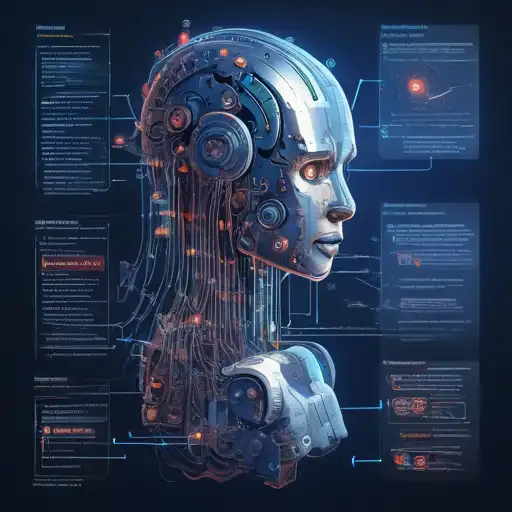Introduction to Machine Learning Algorithms
Machine learning algorithms are the backbone of artificial intelligence, enabling computers to learn from data and make decisions with minimal human intervention. This guide is designed to demystify these algorithms for beginners, providing a clear understanding of how they work and their applications in real-world scenarios.
Types of Machine Learning Algorithms
There are several types of machine learning algorithms, each suited for different kinds of tasks. Here’s a brief overview:
- Supervised Learning: Algorithms learn from labeled training data, making predictions based on that data.
- Unsupervised Learning: Algorithms identify patterns in data without any pre-existing labels.
- Reinforcement Learning: Algorithms learn by interacting with an environment, using feedback from their own actions and experiences.
Popular Machine Learning Algorithms Explained
Let’s delve into some of the most popular machine learning algorithms that beginners should know:
- Linear Regression: A supervised learning algorithm used for predicting a continuous outcome variable based on one or more predictor variables.
- Decision Trees: A versatile algorithm used for both classification and regression tasks, modeling decisions and their possible consequences.
- K-Means Clustering: An unsupervised learning algorithm that groups data into clusters based on similarity.
- Neural Networks: Inspired by the human brain, these algorithms are used for complex tasks like image and speech recognition.
Choosing the Right Algorithm
Selecting the appropriate machine learning algorithm depends on the nature of your data and the problem you’re trying to solve. Factors to consider include the size and quality of your dataset, the accuracy required, and the computational resources available.
Applications of Machine Learning Algorithms
Machine learning algorithms are transforming industries by enabling advancements in areas such as:
- Healthcare: Predicting disease outbreaks and personalizing treatment plans.
- Finance: Detecting fraudulent transactions and automating trading strategies.
- Retail: Personalizing shopping experiences and optimizing inventory management.
Getting Started with Machine Learning
For beginners eager to dive into machine learning, starting with foundational knowledge in mathematics and programming is essential. Resources like online courses and tutorials can provide a solid starting point. Practicing with real-world datasets and participating in competitions can also enhance your understanding and skills.
Machine learning algorithms are a fascinating area of study with the potential to revolutionize how we interact with technology. By understanding the basics, beginners can embark on a journey to explore the vast possibilities of artificial intelligence.
